The venue is a temporary event space for the experimental performing arts of the Bavarian State Opera (Bayerische Staatsoper) in Munich. Designed by COOP HIMMELB(L)AU, the disassembled structure can accommodate 300 seated or 700 standing spectators and can be transported to the next event location via shipping containers.
The modular architecture allows the venue to be relocated on top of different urban spatial structures, in any location and adapted to the different needs of its owners.
The design concept of “Pavilion 21 MINI Opera Space” starts from resolving the “contradiction” between the two: the challenge faced by the COOP HIMMELB(L)AU is to design a lightweight building that can meet the requirements of the concert hall’s acoustics and can be quickly disassembled and reassembled. architecture. So, how to create a space that has both high-quality acoustics and lightweight?
During the design process, the architect’s first consideration was to introduce architectural elements into the hall, thereby transforming the sound sequence of the space, and at the same time establishing the necessary soundscape of the concert hall through a series of cone-shaped “Soundscapes”. Walls with reflective, absorbing qualities.
In order to optimize the “soundscape”, the team of Lantian Group first built a sound barrier between the square and the street; secondly, by shaping the geometric shape of the venue, the external noise was deflected with the help of the building’s own block; finally, the outer layer of the venue was designed texture, by which unwanted sound is reflected and absorbed.
COOP HIMMELB(L)AU worked with the acoustic consultants of Arup to create a façade composed of “acoustic cones” for “Pavilion 21 MINI Opera Space”. This geometric structure protrudes and rises from all sides of the venue’s surface, absorbing and reflecting street noise through its triangular shape, thereby creating a “quiet zone” in the center of the square. In addition, the design of the “acoustic cone” is also correlated with the vibration of the structural members, which further affects the acoustics inside the theater.
The design of the “acoustic cone” comes from the whimsy of abstracting “music” into a spatial form. Taking this as a starting point, the architect intercepted and transcribed excerpts from Jimi Hendrix’s “Purple Haze” and Mozart’s opera “Don Giovanni”. By analyzing these two pieces of audio, with the help of a 3D model generated by a parametric “script”, these musical sequences are then transformed into a unique “cone structure”. Thus, abstract music is translated into architectural space.
This idea of ??combining architecture and music is not new, and the term “soundscaping” is by no means new. “Soundscape” is similar to landscape, both of which contain the concept of “shaping (Gestalt)”. In the music world, “soundscape” was first used as a composition method in the 1940s.
In terms of architecture, as early as when Le Corbusier and Iannis Xenakis (?????? ???????) discussed the topic of music and architecture, they began to think about the three-dimensional practice of musical works, among which the important Examples of this are Le Corbusier’s Philips Pavilion and La Tourette’s window partition design.
The shell of “Pavilion 21 MINI Opera Space” towards the street and Marstall square is detached from its double sloped façade and opens up to form an interstitial space, creating a weather-proof lounge and bar area. The music-transformed, crystalline, touchable double skin forms the transition space from the plaza to the entrance and main performance area, while the folded cantilevered roof accentuates the location of the venue’s main entrance.
The lounge installation developed by cat-x completes and enhances the design of the venue’s interior spaces. Complex multiple projections not only illuminate the lounge interior but also interact acoustically with the concert hall. As a result, the spatial perception in the venue further integrates the movement of light, making the building appear as if it is in motion all the time.
Project Info
Client: The Free State of Bavaria represented by The Bavarian State Opera Munich, Germany
Planning: COOP HIMMELB(L)AU – Wolf D. Prix / W. Dreibholz & Partner ZT GmbH
Design Principal: Wolf D. Prix
Project Partner: Paul Kath
General Contractor: Frener & Reifer Metallbau GmbH, Augsburg, Germany
Acoustics: ARUP, London, UK
Media Technology: CAT-X, Wien, Österreich; Florian Prix, Hannes Köcher, Claudia Oriold, Geari Schreilechner, Ruben Bunka
Design Architect: Sophie-Charlotte Grell
Project Architect: Volker Kilian
Project Team: Daniel Bolojan, Wendy W Fok, Martin Jelinek, Daniela Kröhnert, Valerie Messini, Judith Mussel, Martin Neumann, Renate Weissenböck
Models: Sebastian Buchta, Paul Hoszowski
3D Visualization: Isochrom / Armin Hess
Photography: Markus Pillhofer
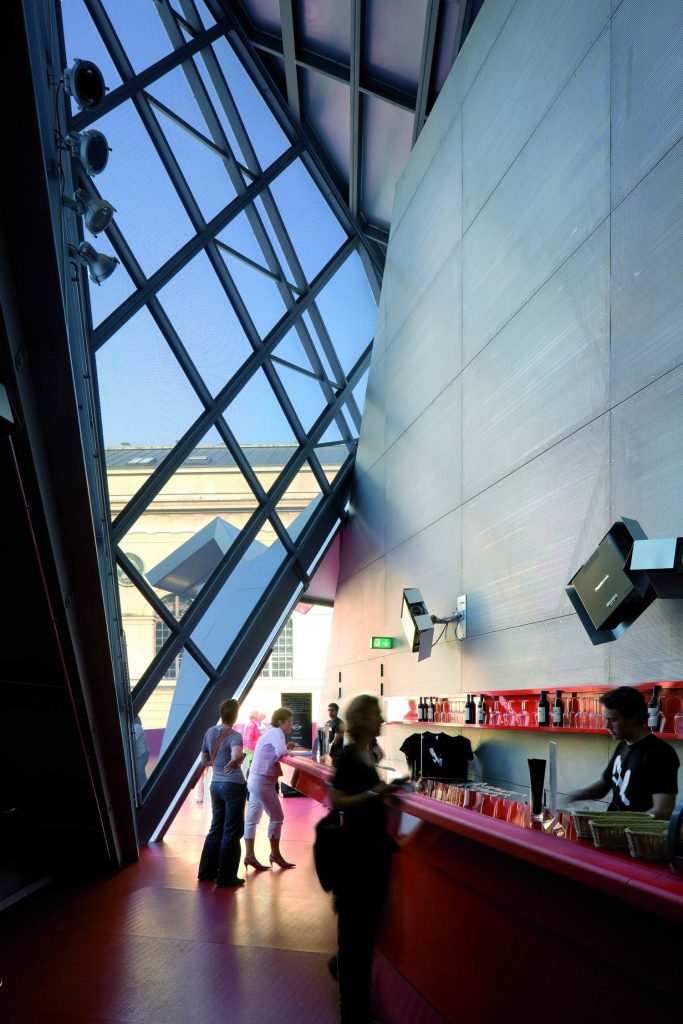
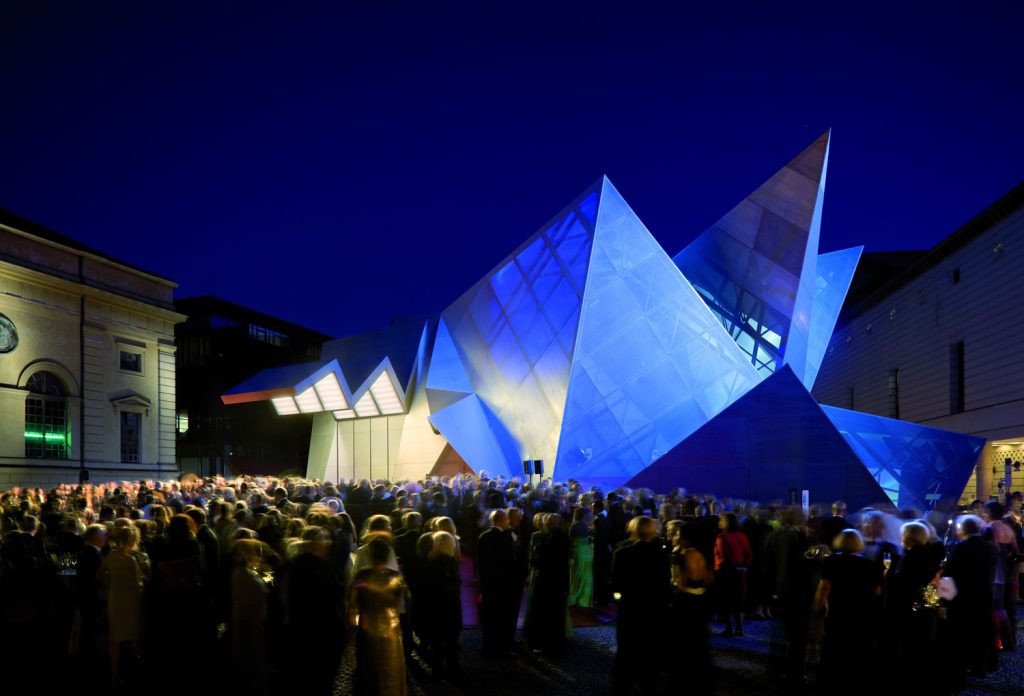
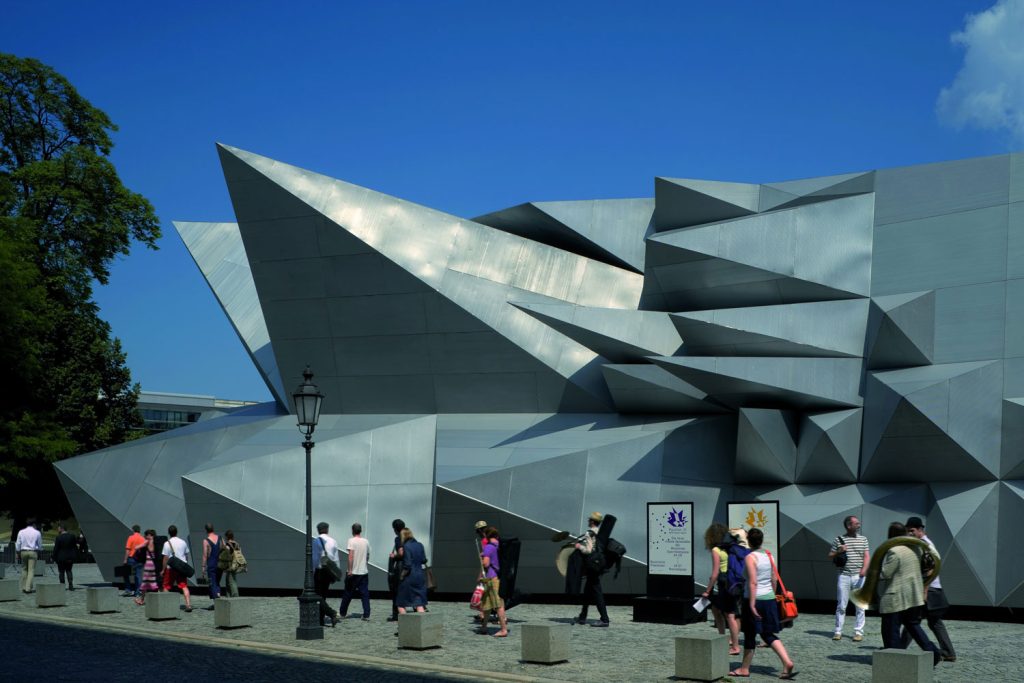
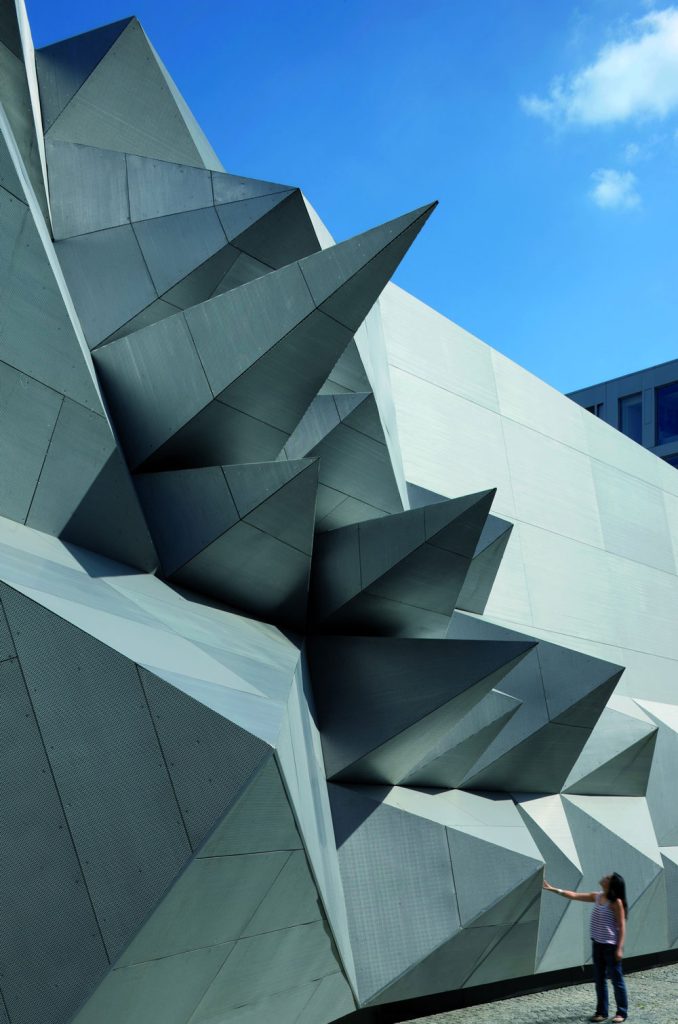
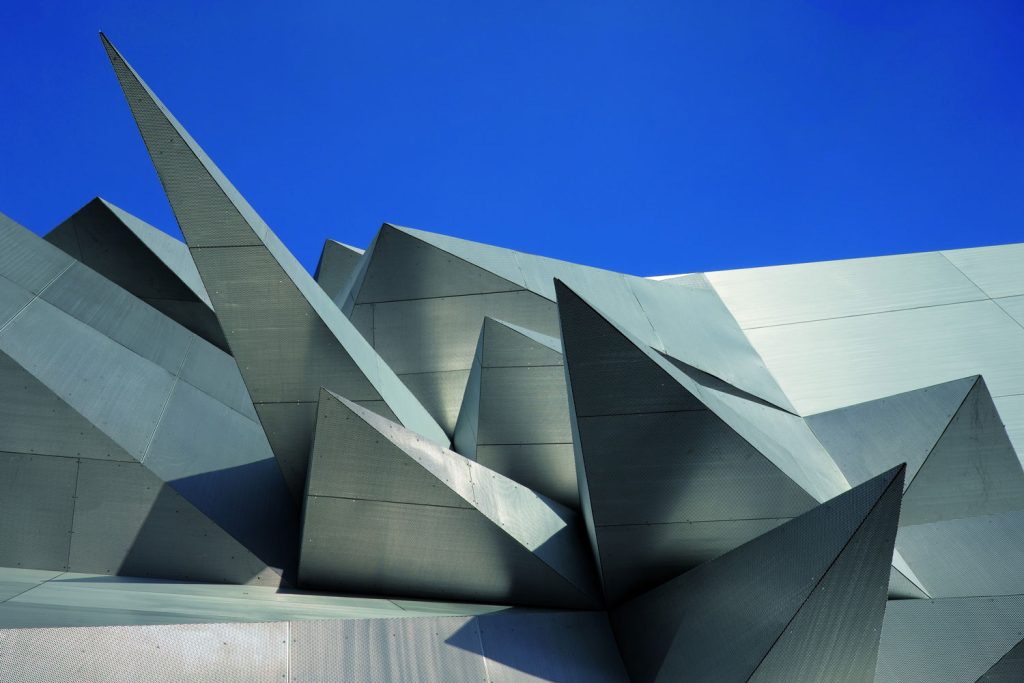

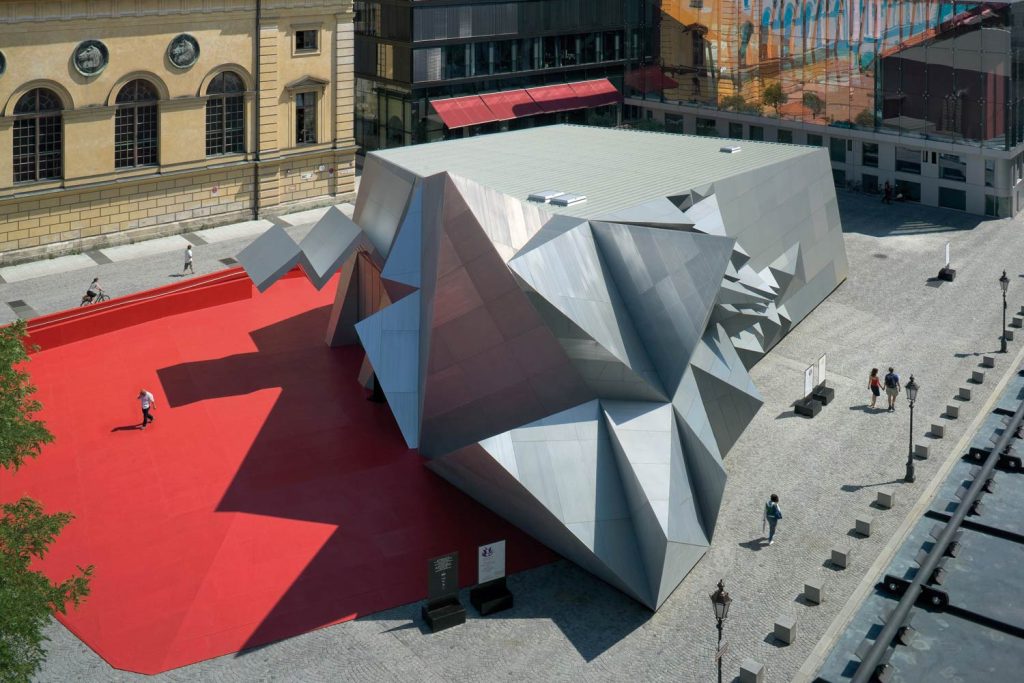

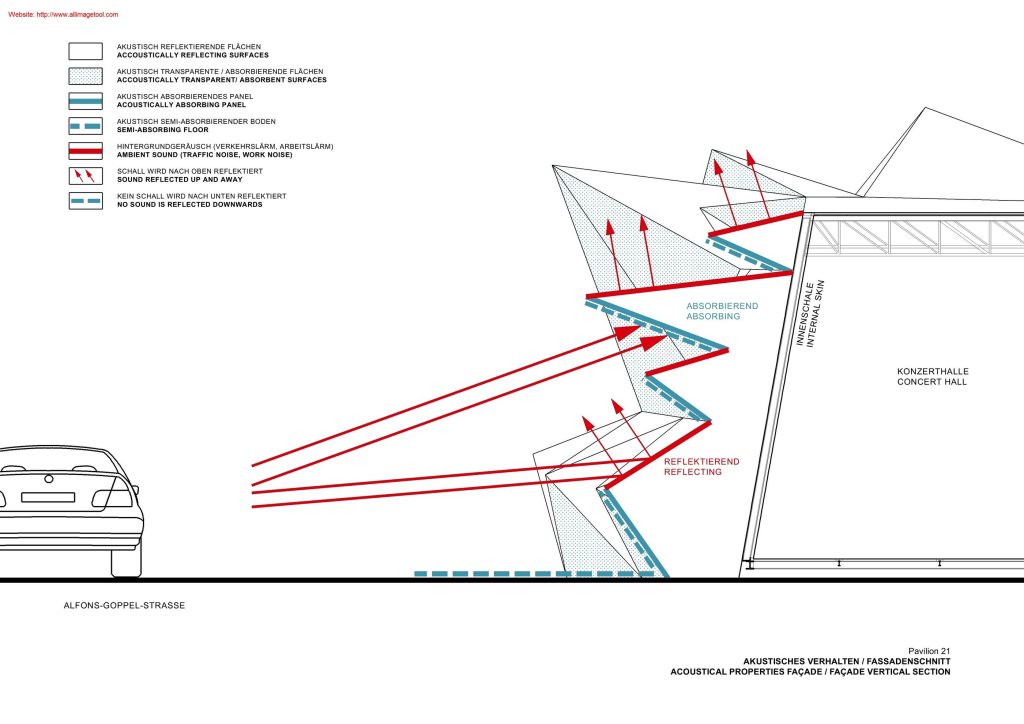


















Leave a comment